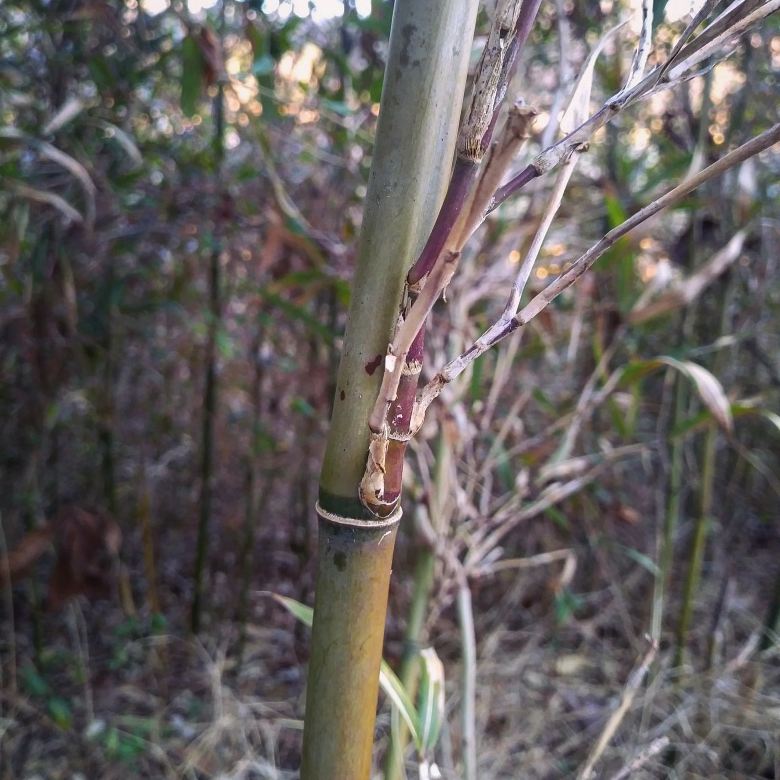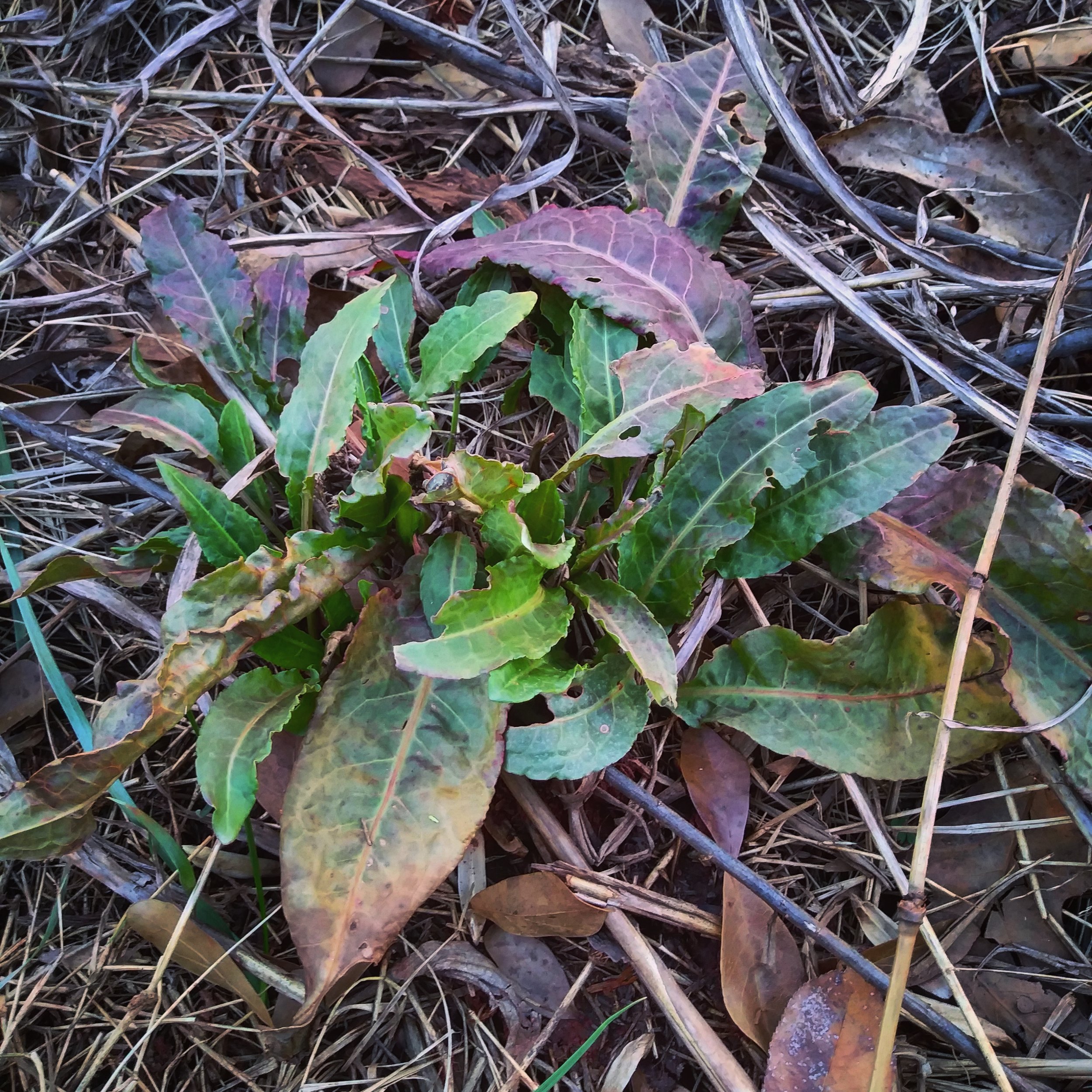“Today, we’re going to cover one of the most fundamental rules of foraging plants. And really, it’s one of the most useful pieces of wilderness survival knowledge you can have, period.”
Read more#WildEdibleWednesday 10/3 - Mullein
“Mullein has a whole host of great uses for bushcrafters and other outdoorsmen, as well. Its most famous and obvious non-medicinal use is as, well, toilet paper. If you’ve ever felt a mullein leaf, it’s a pretty natural idea to use them for this purpose.”
Read more#WildEdibleWednesday 9/5 - Kudzu
Although non-native and highly invasive, Kudzu has become as much a part of the South as barbecue, pecan pie, dirt track racing, and smiling and waving at random strangers.
Read more#WildEdibleWednesday 7/18 - Fleabane
“And all those paintings, books, and movies depicting pretty medieval peasant girls with a sprig of the daisy-like flowers tucked behind their ear or woven into crown? They were trying to keep fleas out of their hair, which was a constant problem in the Middle Ages. Attractive, right?”
Read more#WildEdibleWednesday 5/23 - Red Clover
“As medicine advances and more and more compounds are synthesized from natural sources, maybe it’s time we humbled ourselves and realized that the ancients knew what they were talking about.”.
Read more#WildEdibleWednesday 5/2 - Ground Ivy
It’s the herpes of the plant world – once you’ve got it… you’ve got it. It’s nearly impossible to kill, and most conventional weed removal methods actually help it spread. But here at SARCRAFT, we have a solution: Eat it.
Read more#WildEdibleWednesday 4/25 - Common Vetch
Vetch and humans go way back. Way, way back, like 10,000-15,000 years. With a few exceptions such as cereal grains, vetch is arguably the oldest plant cultivated by humans.
Read more#WildEdibleWednesday 3/7 - Eastern Redbud
"Many tribes also had a tradition of decorating their dwellings with redbud wreaths and twigs, to help “drive out the spirit of winter” and bring on planting time."
Read more#WildEdibleWednesday 2/28 - Chickweed
"Chickweed is just another example of how the most valuable plants in your yard are probably the ones you’ve been trying to kill. Along with plantain, oxalis, lamb’s ear, burdock, dandelion, and many more, there’s a whole salad bar and pharmacy right outside your front door."
Read more#WildEdibleWednesday 2/21 - Yucca
"Yucca has several survival and bushcraft uses, and they’re all really, really cool. Three particular ones stand out, however."
Read more#WildEdibleWednesday 2/14 - Wild Onion
"One of the most effective traditional uses of the plant is to crush up the leaves and rub down your whole body with them – it’s a surefire way to repel ticks, mosquitoes, biting flies, fleas, and other humans."
Read more#WildEdibleWednesday 2/7 - River Cane
"Where river cane really shines is in bushcrafting. The uses of river cane for projects big and small is limited only by your imagination. While not big enough to make cups, bowls, spar poles, and improvised iPhone speakers (if you know, you know) like bamboo, river cane is still a highly useful resource."
Read more#WildEdibleWednesday 1/24 - Wild Horseradish
"There is a compound called allyl isothiocyanate present in horseradish that is toxic to most bacteria, meaning that questionable or even outright spoiled meat could be cooked with horseradish and be considered reasonably safe to eat, and the pungent flavor would mask the taste."
Read more#WildEdibleWednesday 1/17 - Black Walnut
"Poachers will sneak onto a property in the middle of the night, cut down a walnut tree, and steal it... So if you have some of these trees on your property, our advice to you is to keep a good hold on your walnuts. Don’t want nobody touchin’ your walnuts without permission."
Read more













